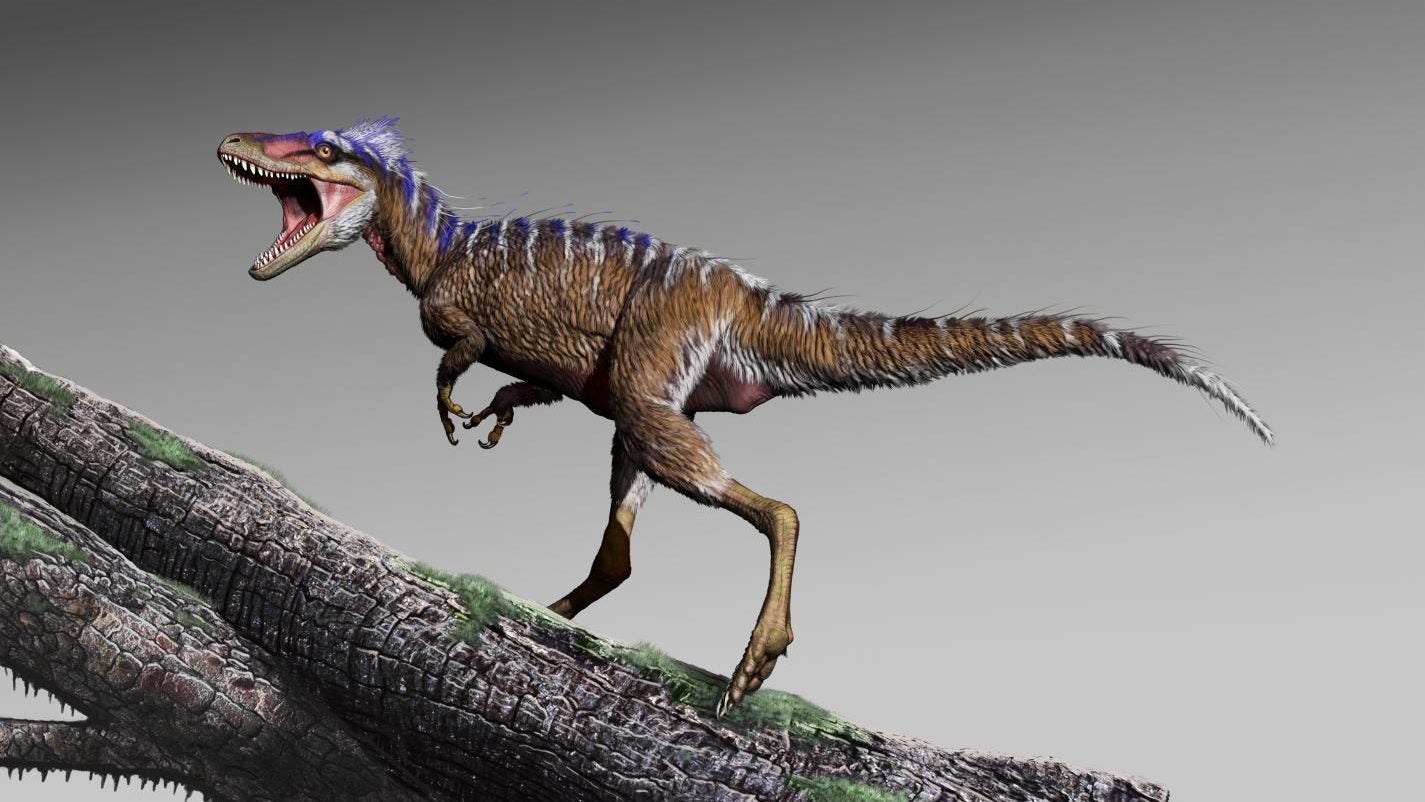Meet Tiny Rex, the diminutive T. rex paleontologists just found in Utah
Before there were 40 ft long, 13 ft tall Tyrannosaurus rex, there were tinier tyrants.


Before there were 40 ft long, 13 ft tall Tyrannosaurus rex, there were tinier tyrants.
In a paper published in the journal Nature on Thursday (Feb. 21), paleontologists announced the discovery of a diminutive T. rex ancestor (pdf), after finding its hind leg bone and a few teeth in Utah. The tiny rex would have stood between 3 and 4 ft tall, and was about the size of a modern deer. A teacup rex, if you will.
The paleontologists from North Carolina State University, the Field Museum in Chicago, and Stellenbosch University in South Africa named the little buddy Moros intrepidus, meaning “harbinger of doom.” In this case, the “doom” it har-brought was the T. rex, which would evolve from it over the course of the next 15 million years.
The smaller tyrannosaur would have been lightweight and fast, able to run down prey without becoming prey themselves.
It lived 96 million years ago, during the Cretaceous period, back when Utah was a green, lush, delta environment. Up until now, that period was a blank slate in the paleontological history of tyrannosaurs; there was a 70-million-year gap in the fossil record of the dinosaur group, meaning paleontologists weren’t sure of the earlier evolutionary lineage of the dinosaur that would later become the undisputed apex predator of North America.
“When and how quickly tyrannosaurs went from wallflower to prom king has been vexing paleontologists for a long time,” Lindsay Zanno, the lead author on the paper and the head of paleontology at North Carolina Museum of Sciences, said in a statement. “The only way to attack this problem was to get out there and find more data on these rare animals.”
Zanno had been looking for tyrannosaur bones in the area for a decade to try to fill in the fossil record. The Moros discovery was the ultimate prize of that search, and happened to be right near where Zanno, who is also a paleontologist at North Carolina State University, had found Siats meekerorum, a giant meat-eating carcharodontosaurus, in 2013.